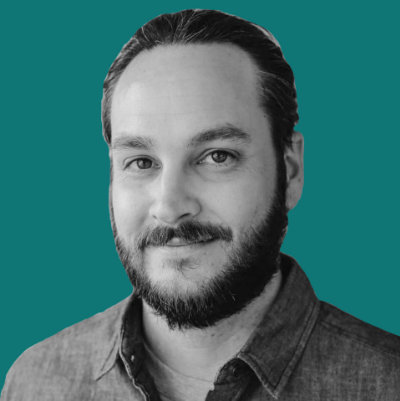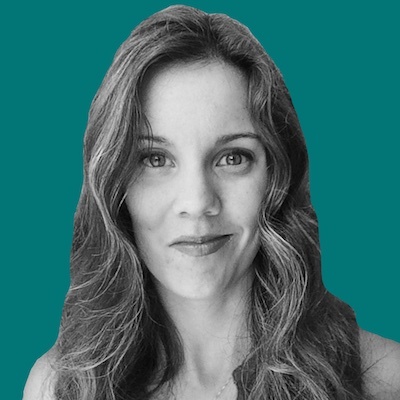LifeFone Medical Alert Services Review
LifeFone provides medical alert systems for customers who are at risk of falls, stroke, or live alone and need the security of quick access to help in an emergency. The company offers both home-based and mobile systems, and fall detection is available at an additional monthly charge.
Pros
- Price stability guarantee
- Call center and backup facilities are located within the U.S.
- Free spouse coverage available
Cons
- At Home Cellular System only available with Verizon and AT&T
LifeFone Medical Alert Services Products
LifeFone At Home Landline and Cellular
LifeFone At Home medical alert systems include a base unit with your choice of a waterproof wristband or necklace you wear at all times. The base unit and the wearables have an emergency button you push for help to contact a LifeFone operator via the base unit speaker. If the microphone does not pick up your voice, operators will dispatch emergency services

If you can communicate, the operator will assess your need and send help. The base includes a high- and low-temperature sensor to alert LifeFone in dangerous in-home conditions. You can add fall detection for an additional monthly fee.
LifeFone At Home Landline uses your home’s telephone landline for communication with 24/7 service. The LifeFone At Home Cellular system operates with AT&T mobile service, included in your LifeFone medical alert system plan
LifeFone At Home and On-the-Go GPS
LifeFone’s two GPS-enabled medical alert systems both use the AT&T cellular network to monitor your safety at home or away. LifeFone subscriptions include the cost of the cell service.
The At Home and On-the-Go GPS medical alert system has a base unit and a mobile device you can carry in your pocket. Both have emergency buttons to contact a LifeFone operator with two-way communication. GPS location services can detect you as long as you stay within 1,400 feet of the base unit, and you must be within 600 feet to communicate via the mobile device.
A waterproof necklace with fall detection technology and an emergency button are optional. When worn, the necklace will automatically detect falls and alert LifeFone whether the wearer pushes the button or not.
At Home and On-the-Go VIP Active

The At Home and On-the-Go VIP Active model is a small, lightweight pendant worn around the neck that includes two-way communication and an emergency button. It has advanced location technology and a battery that lasts up to five days. The At Home and On-the-Go VIP Active system works on the AT&T cellular network. The use of AT&T’s cellular network is included in your LifeFone service subscription.
At Home and On-the-Go, VIPx
This is LifeFone’s smallest and most powerful alert model. It’s water-resistant and has a battery that lasts up to 10 days. The VIPx can use either Verizon or AT&T’s 4G LTE nationwide cellular network and is compatible with the Caregiver mobile app ($8 per month).
At-Home & On-the-Go Smartwatch Active

If you’d rather wear a watch than a necklace, LifeFone’s new smartwatch offers a GPS-based option for your active lifestyle. It will monitor your heart rate, display daily weather predictions, and track your steps — in addition to all LifeFone’s standard medical alert system features. The smartwatch works with AT&T cellular service.
LifeFone Medical Alert Services Costs
LifeFone medical alert system subscriptions start at $25 a month if you pay annually, depending on the device you choose. There are also discounts for paying quarterly, or you can pay the monthly rate if you want to try the system before making a long-term commitment.
| Model | Billed Annually | Billed Quarterly | Billed Monthly |
|---|---|---|---|
| At Home Landline | $24.95 | $27.95 | $29.95 |
| At Home Cell | $30.95 | $32.95 | $34.95 |
| At Home & On-the-Go | $36.95 | $39.95 | $39.95 |
| At Home & On-the-Go VIP Active |
$39.95 | $41.95 | $43.95 |
| At Home & On-the-Go VIPx |
$38.45 | $43.95 | $45.95 |
| At Home & On-the-Go Smartwatch |
$45.95 | $47.95 | $49.95 |
Your only expenses are the plan’s cost unless you add options like fall detection ($5 to $10 per month) or daily check-ins ($6 to $19 per month).
LifeFone Fees and Guarantees
LifeFone’s guarantees apply to all of their medical alert systems, regardless of model. There are no activation, equipment or shipping fees.
-
30-day money back guarantee: Risk-free trial
-
Cancel anytime: Pay only for the service you used before returning the equipment. While annual subscriptions require a contract, no time commitment is required
-
Price guarantee: Once you subscribe to a plan, the price will not change as long as you are a subscriber
-
Lifetime warranty: Every unit is backed by a warranty and they will replace your LifeFone equipment at no charge
-
LifeFone Protection Plan: Add $5 a month for the Protection Plan to cover possible damages resulting from dropping equipment, spills, accidental mishandling, loss or theft. The plan covers one base unit and two emergency button wearables per year
LifeFone Medical Alert Services Complaints
LifeFone Medical Alert Services has an “A+” rating with the Better Business Bureau (BBB), with only one complaint on record in the last three years. Reviews across trusted sites like TrustPilot and ConsumerAffairs are mostly positive. LifeFone Medical Alert scores 4.8 out of 5 stars on TrustPilot with scattered complaints regarding fall detection not working properly. LifeFone has a 4.75 out of 5 star rating on ConsumerAffairs with 730 reviews, and consumer complaints were addressed satisfactorily by LifeFone.

LifeFone Medical Alert Services Q&A
-
How do LifeFone operators know who to call for help if I don’t need an ambulance?
LifeFone subscribers fill out an emergency care profile online with the names and contact information for family members or anyone else you want to be contacted on your behalf if you need help. For example, you may have a neighbor who is happy to help if you are having some trouble at home that’s not a medical emergency. Subscribers also provide LifeFone with medical information, so that trained operators can provide the proper assistance. -
What if I buy a cellular LifeFone medical alert system and travel outside of the AT&T network area?
Your system will work just about anywhere in the U.S. However, there are still parts of the country with no cell towers, and no mobile network-supported system will operate in these locations. Use AT&T’s coverage map (click on the 3G and Data options) to verify cell coverage before traveling to know if you can use your LifeFone medical alert system while away from home. -
Do I have to buy one of LifeFone’s mobile medical alert systems to use when I travel?
Not necessarily. You can use the At Home system while traveling, but you will need to call LifeFone each time you move the base unit to a new location. Since the On-the-Go systems use GPS to find you, you can travel with those models freely without calling first. -
Can I wear my LifeFone emergency button wristband or necklace in the shower?
Yes. LifeFone pendants and wristbands are waterproof, except for the Voice-in-Necklace, which is water resistant. All wearables can be worn in the shower or bath. -
Do I have to sign a long-term contract for LifeFone medical alert service?
There is no long-term contract required for LifeFone services, but there is a service contract that you can cancel at any time without penalty.
Concluding Thoughts on LifeFone
With one out of five falls resulting in a severe injury each year and seniors being more likely to fall and get hurt, medical alert systems offer a lifeline and independent living. LifeFone is highly rated by customers and has very straightforward and reasonable pricing. Retirees are healthier than ever before and are more active and likely to travel. LifeFone’s At Home and On-the-Go systems offer complete freedom, and the At Home models provide security so you can live in your home longer.


